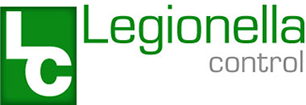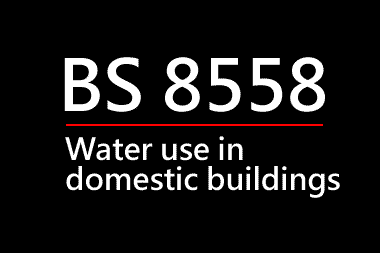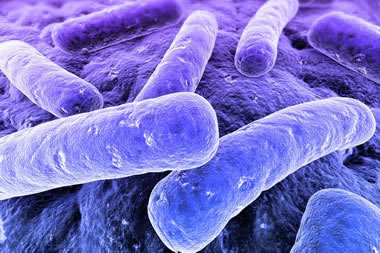Incoming & Stored Cold Water – How to Check Cold Water Temperatures
Testing and regularly monitoring cold water temperatures to ensure the incoming water supply and any stored cold water remains at a temperature of less than 20°C is an important legionella risk management task. Find out how to do it with this short video.







